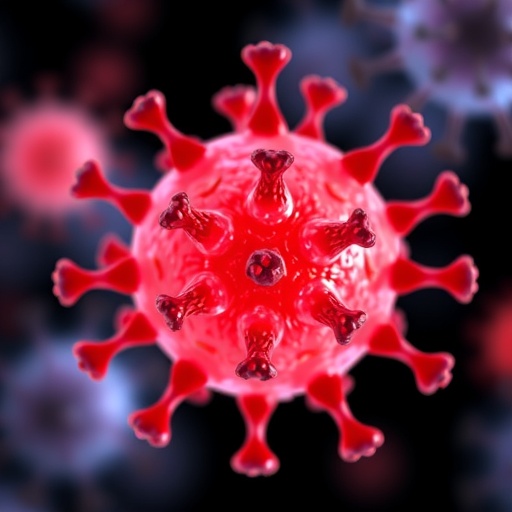A single amino-acid variation in a key receptor in whales may help explain why some species of cetaceans evolved sleek, muscular bodies to hunt fish and seals, while others grow to massive sizes by filter-feeding on large volumes of plankton, an international research team has found.
The findings are scheduled to be published July 18 in Scientific Reports, an open access journal from the publishers of Nature.
The work was led by Roger Cone, an obesity researcher at the University of Michigan Life Sciences Institute who has spent his career studying the melanocortin system. Just like the thermostat on a wall determines how much heat energy is in a room, the melanocortin circuits characterized by the Cone lab determine how much energy is stored as fat. Mutations in this system are the most common genetic cause of early-onset obesity in humans.
Given the melanocortin system's importance to feeding and energy balance in fish and mammals, Cone and his collaborators thought variations in the melanocortin genes may play a critical role in the evolution of different types of feeding behaviors and body sizes.
When Liyuan Zhao, a marine biologist and scholar from Ocean University in China, came to the Cone lab for a visiting fellowship, she decided to examine this idea in whales. She wanted to know: Could variation in the melanocortin system play a role in the differences between the two main suborders of whales — Odontoceti, which include dolphins and killer whales, and Mysticeti, which include humpback and blue whales?
The Odontoceti feed by hunting prey, while the enormous Myticeti are filter feeders. The smallest Odontoceti grow to around 5 feet long, while Myticeti, such as the blue whale, can top 100 feet.
Through a collaboration with the National Oceanic and Atmospheric Administration's Southwest Fisheries Science Center in La Jolla, Calif., Zhao was able to obtain whale DNA samples from an existing repository. The team then sequenced the MCR4 neuropeptide receptor from 20 cetacean species and found one major difference that corresponded perfectly to the two groups. Odontoceti, or toothed whales, have the amino acid arginine at position 156 in the genetic code, while Mysticeti, or baleen whales, have a glutamine.
Further experiments revealed that having a glutamine in that position significantly increased the sensitivity of the MCR4 receptor to the ligand that naturally activates it.
"Our data suggest that the melanocortin system is more highly regulated in whales that hunt — and, conversely, that the giant filter feeders may receive reduced satiety signals from this system. This difference could well have played some role in the divergence of these two major types of cetaceans — and may help explain the differences in feeding behavior and amazing range of body sizes among whales, which is far greater than in any other type of mammal," said Cone, director of the U-M Life Sciences Institute, where his lab is located, and professor of molecular and integrative physiology at the U-M Medical School.
While work in many labs at the LSI, including the Cone lab, seek to take discoveries from "bench to bedside," applying basic findings to human health, Cone joked that his research also goes from "bench to barnside." The U.S. Department of Agriculture and the United States-Israel Binational Agricultural Research and Development Fund have both funded the Cone lab to apply what they are learning about feeding and growth in different species to improve feed efficiency in agriculturally important fish species.
###
The majority of the work was done at Vanderbilt University, where Cone was employed prior to coming to Michigan. The research was supported by grants and fellowships from the National Science Foundation, State Oceanic Administration of China and China Scholarship Council.
Co-authors on the study also include Xiaofan Zhou of Vanderbilt University and South China Agricultural University and Antonis Rokas of Vanderbilt University.
The Scientific Reports paper is titled "Functional variants of the melanocortin-4 receptor associated with the Odontoceti and Mysticeti suborders of cetaceans," DOI: 10.1038/s41598-017-05962-1.
Media Contact
Ian Demsky
[email protected]
734-647-9837
@umich
http://www.umich.edu/
http://dx.doi.org/10.1038/s41598-017-05962-1




